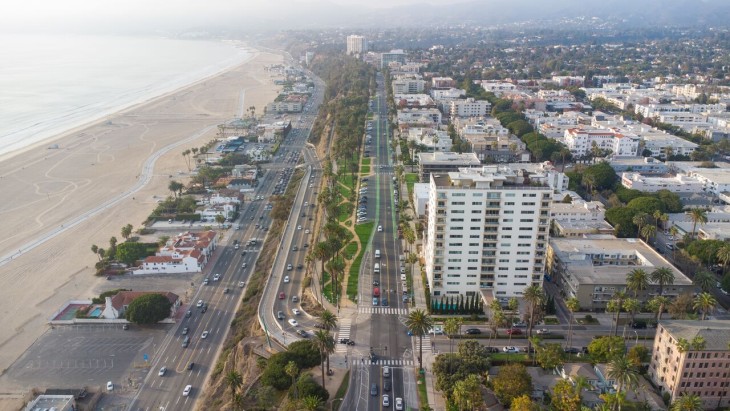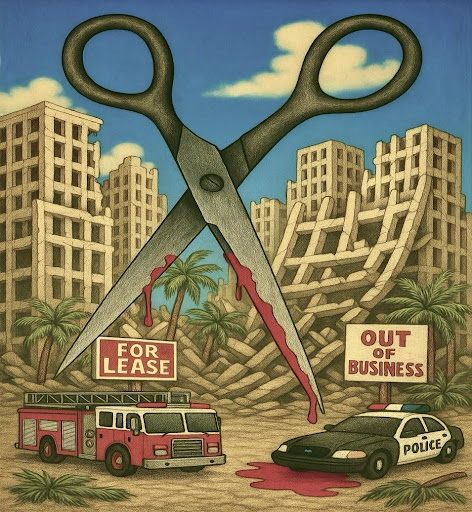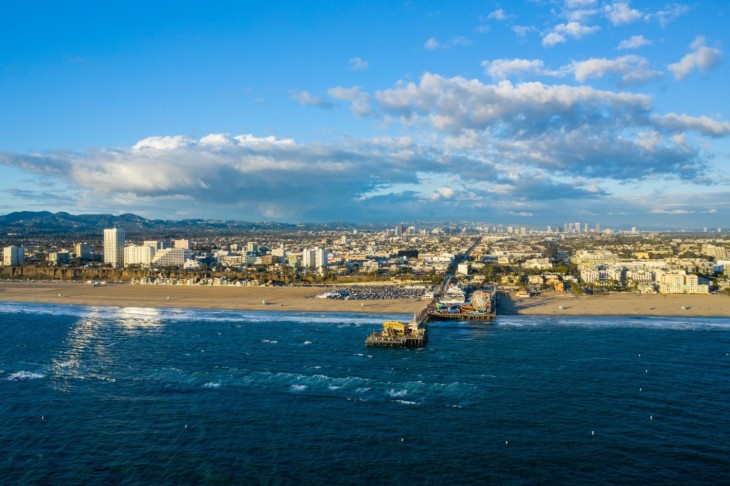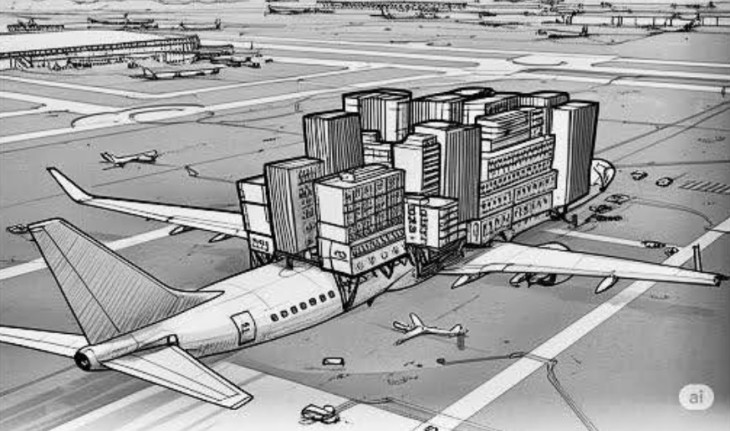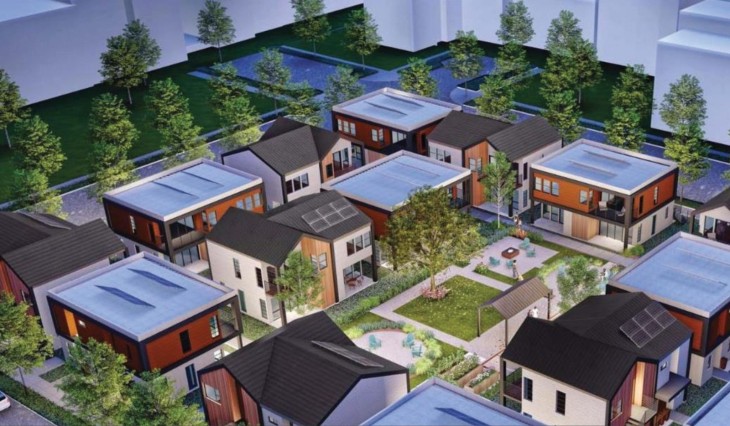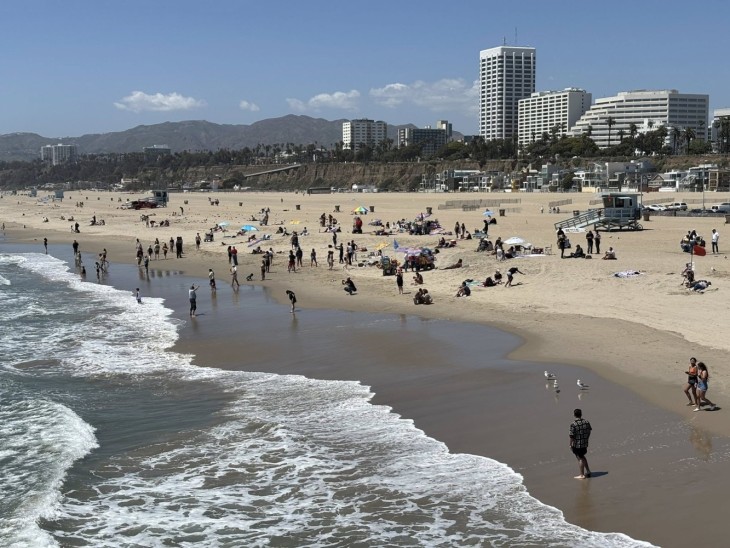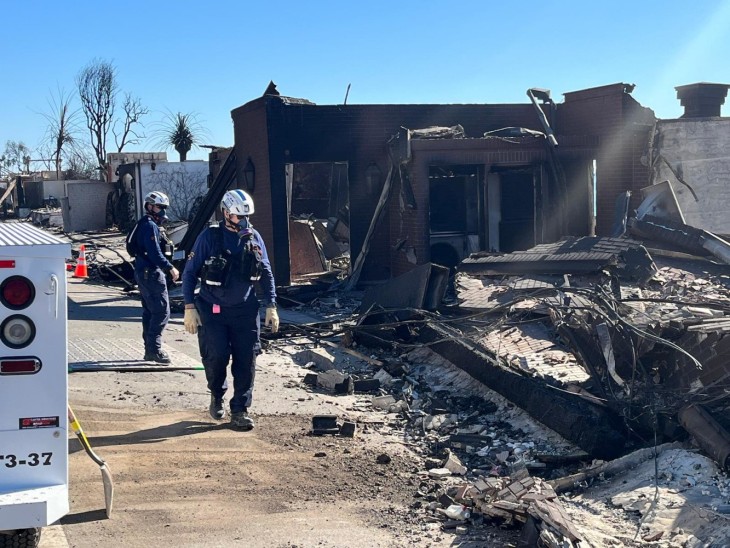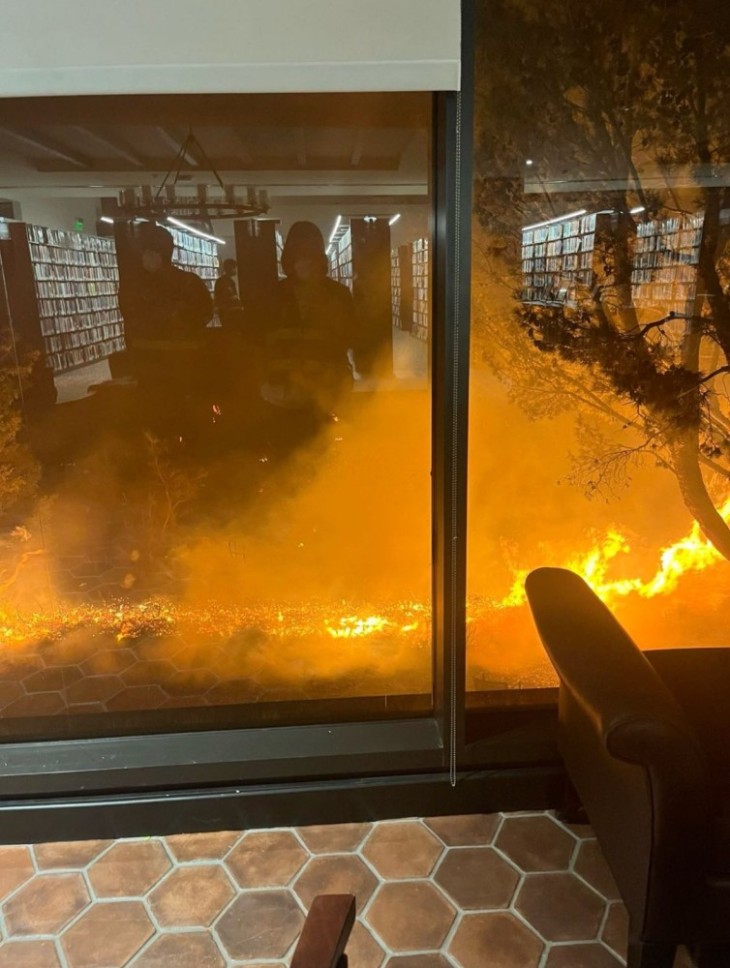Gov. Jerry Brown, construction labor unions and some others are determined to proceed with California’s nascent bullet train, with the first tracks scheduled to be laid later this year between Madera and the south end of Fresno in the San Joaquin Valley.
Brown, in fact, has used his appointive powers to ease the path of high speed rail, which he last rode on his week-long April jaunt to China. Example: the key question asked of all applicants for an open seat as a Madera County supervisor was about support for the project. And just about the first thing his appointee did on assuming office was cast the deciding vote to take that county out of a lawsuit opposing the planned bullet train route. The suit ended with a settlement shortly afterward.
Then the winning bid to build that 28-mile opening segment and its combination of high viaducts and deep, wide trenches, came in at just under $1 billion, as much as half a billion dollars less than expected. So maybe the cost estimates of $68 billion-plus for the entire Los Angeles to San Francisco route are a tad high. (That’s before cost overruns, of course, and the Center for Investigative Reporting found the lead partner in the low-bidding consortium, Tutor Perini of Los Angeles, had overruns totaling $765 million – 40 percent – above its initial bids on several other recent projects).
At nearly the same time, the nonpartisan federal Government Accountability Office reported that the High Speed Rail Authority’s estimates of revenue and ridership are probably spot on.
Many have called those numbers overly optimistic, with a study from the libertarian Reason Foundation, out a few days after the GAO effort, predicting the bullet train will lose between $124 million and $373 million per year if and when it’s finished, with ridership as much as 77 percent less than expected. That report was co-authored by Joseph Vranich, who runs an Irvine-based business that formerly called itself “the Business Relocation Coach” and is now known as Spectrum Location Solutions.
Vranich regularly denigrates most things California as he helps businesses depart, so the Reason report’s pessimistic claims can be taken with a grain of salt.
Meanwhile, the toll roads and toll freeway lanes operating in portions of Southern California give a far more solid warning to backers of high speed rail.
The Transportation Corridor Authority roads in Orange County (Highways 73 and 241), for example, have cost taxpayers who must pay to use them more than $1.7 billion in subsidies and state-funded maintenance since construction on them began in the 1980s. Lower than expected use of the roads also pushed back the expected date of paying off all construction bonds – at which time these routes are to become normal freeways – from 2035 to 2042.
Toll lanes that started operating late last year along the Highway 110 Harbor Freeway in Los Angeles County also began with lower use than expected. That’s leading to one good thing: Traffic in the northbound high occupancy lanes (still free for vehicles carrying three or more persons during peak travel times, when tolls run as high as $15.40 for a single-occupant vehicle to drive the entire 11-mile stretch) has averaged 10 mph faster than before during high-traffic periods. But traffic in the remaining free lanes slowed by about 8 mph in the most congested segment of that road.
The warning for HSR is that traffic volume declined by about half on some segments when that lane started charging tolls.
So both toll efforts that have existed more than a couple of months see usage well below expectations, although officials say the Harbor Freeway toll traffic has begun to rise.
Why is that a warning for the bullet train? Because fares are now projected at or slightly above the level of airline prices for the same Los Angeles-San Francisco run. A car carrying more than one person between the same points will have a far lower per capita expense. And the experience of toll roads and lanes indicates that when prices to use a transportation option rise too far above parallel – if slower and less pleasurable – options, the cost factor can drive usage down.
So even though the initial bid looks good on its surface and even though the GAO says everything is hunky-dory, there’s still plentiful cause for skepticism about the economics of high speed rail.





